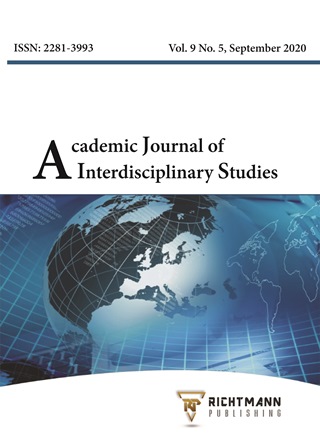Implementation of Construction 4.0 in Nigeria: Evaluating the Opportunities and Threats on the Workforce
DOI:
https://doi.org/10.36941/ajis-2020-0102Abstract
The aim of this study is to examine the opportunities and threats of construction 4.0 on the workforce. This study adopts a qualitative and quantitative survey research design. A purposive sampling technique was used to select forty (40) respondents which comprises of project managers and supervisors of ongoing projects selected across four states in Southwest Nigeria. Frequencies, percentage, mean, Bivariate Pearson and Kendall’s tau b correlation of SPSS V23 were used in analysing the data collected. The result shows that there was a high level of implementation of Prefabrication and BIM. The study further revealed opportunities such as increased collaboration, creativity, workers’ efficiency and a major threat which is retrenchment of workers. This threat is a resultant effect of construction 4.0 to the workforce. Also, the study reveals that manual jobs face higher threats under construction 4.0 compared to professional jobs. The study recommends the need for more sensitization of the work force for construction 4.0, re-skilling of the workforce and development of government policies to protect the work force against the major threat of construction 4.0 which is retrenchment.
Downloads
Downloads
Published
Issue
Section
License
This work is licensed under a Creative Commons Attribution-NonCommercial 4.0 International License.








